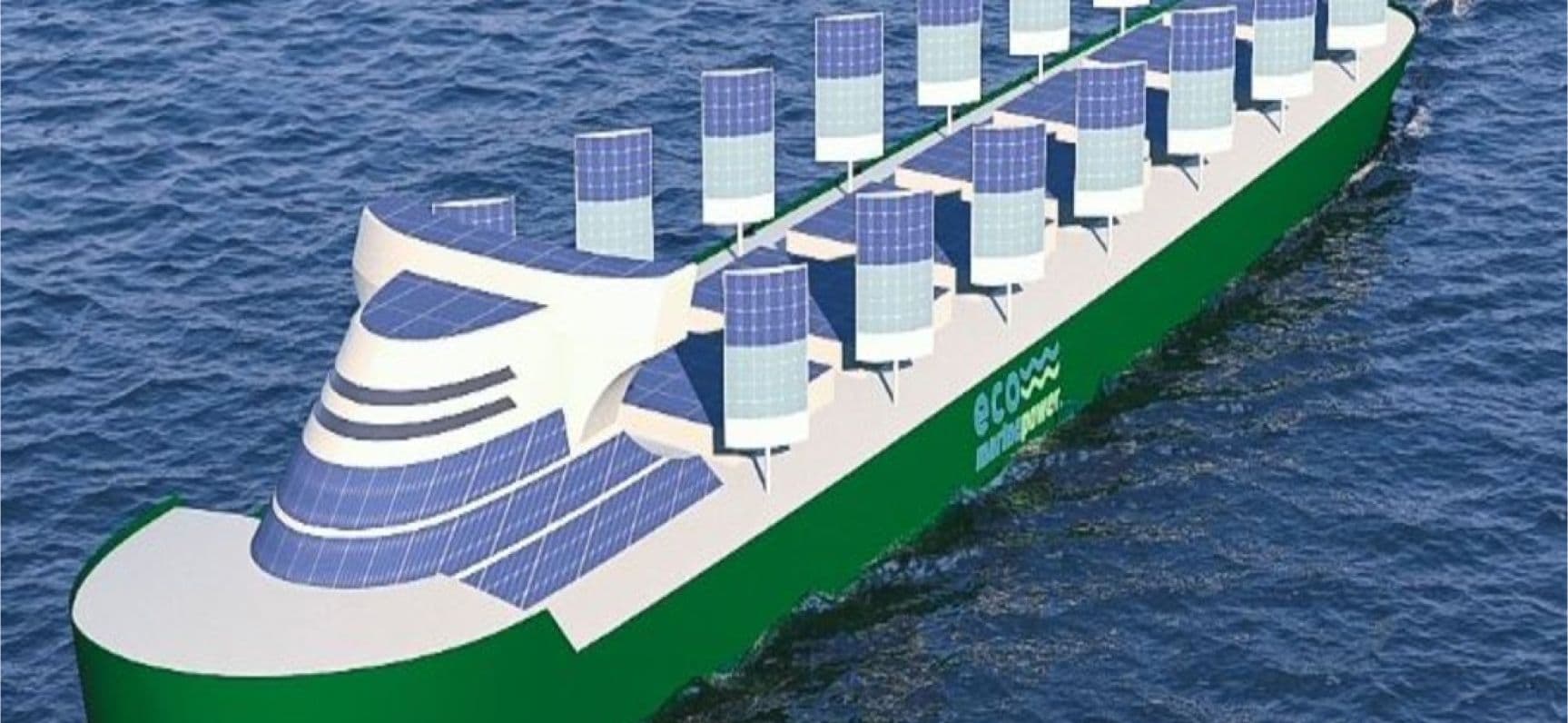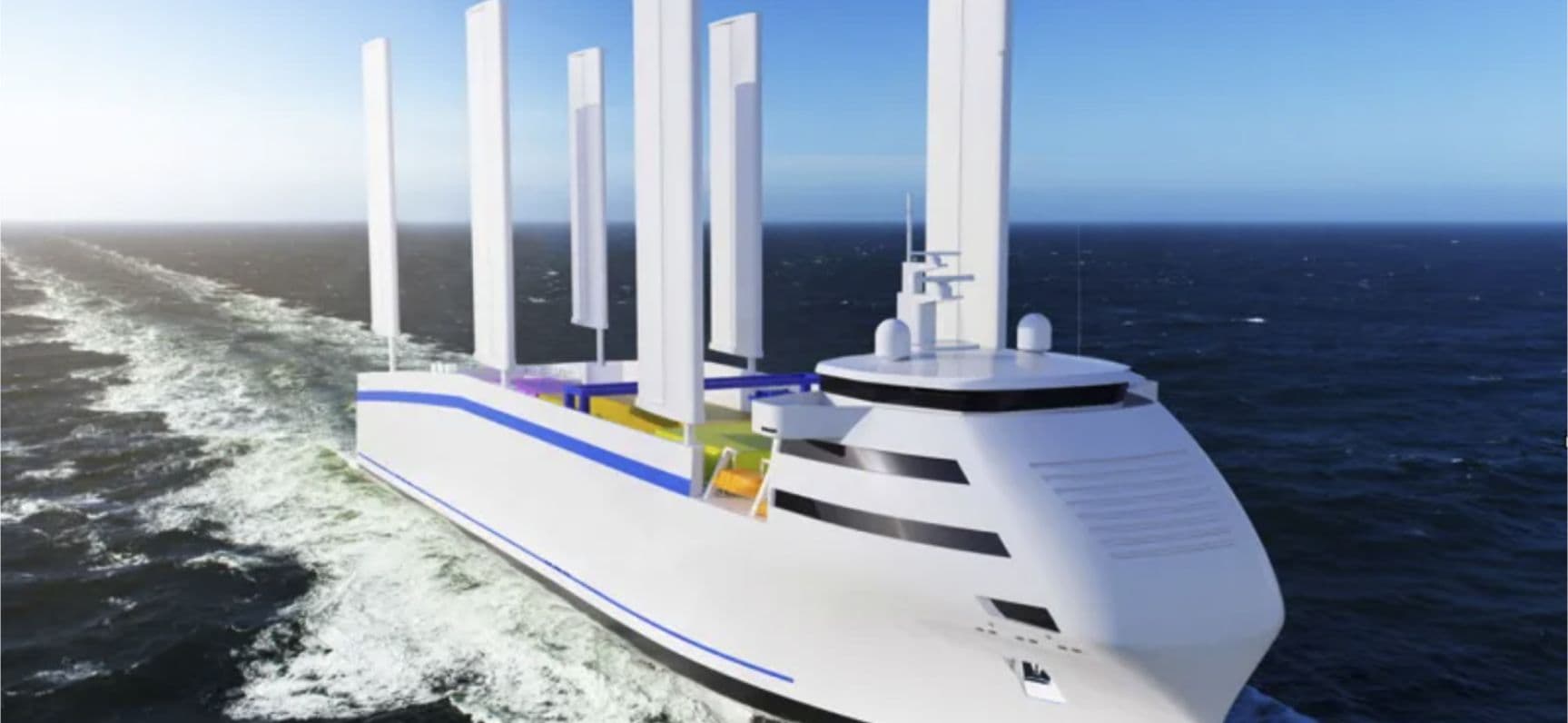Niayesh Sadrzadeh
Content Marketing Manager

World Maritime Day: Our Journey to Green Shipping
September 29 marks World Maritime Day each year. As this year's theme, chosen by the United Nations, is all about being greener in the maritime industry, we decided to take this opportunity to reflect on a greener future for all careers in the marine industry.
What is Green Shipping?
With a significant share of world merchant ships (80%), shipping has proven to be an efficient means of transport throughout history. Recently, shipping has caused around 3% of all carbon emissions.
Although shipping is relatively green compared to other transportation systems, there is still a need for green shipping because marine diesel leads to increased sulfur dioxide emissions.
The International Maritime Organization (IMO) has proposed a 2020 sulfur limit for the exhaust gases from the smokestacks of ocean-going ships. Building on this, ships must halve their greenhouse gas emissions by 2050.
"Green Ship "is a name for any seagoing vessel that, in one way or another, contributes to improving the current environmental conditions. The word green in Green Ship represents the earth's green coverage that is being reduced.
Why is Sustainability in Shipping Industry Important?
Nowadays, discussing an industry's future without considering sustainability is almost impossible. The survival of any sector is interwound with sustainability.
The transition to more sustainable production and consumption patterns has been agreed upon globally as an integral part of the United Nations 2030 Agenda for Sustainable Development and its associated 17 SDGs, which are a key driver of the transition from a linear to a circular economy.
Sustainable shipping is one of the most significant challenges of the 21st century. The industry must behave more sustainably. Environment, society, and economy are the pillars around which the principles of sustainable shipping must be developed. Now that the importance is evident, what are the requirements of sustainable shipping?

Sustainability in shipping
To provide a reliable service most efficiently, the maritime transportation system must enable the safe, efficient, and reliable movement of goods worldwide while minimizing pollution, maximizing energy efficiency, and ensuring resource conservation. What are the requirements to achieve such a goal?
Green Shipping Requirements:
- Shift to a diverse mix of energy sources, use resources more efficiently and responsibly, and drastically reduce greenhouse gas intensity;
- Creating safe, healthy, and secure working environments so that new people want to start working in shipping, where they can have rewarding careers and reach their full potential;
- Creating financial solutions that reward long-term performance and enable widespread adoption of innovation, technology, design, and operational efficiencies;
- Using new state-of-the-art technology to optimize marine equipment and ship designs.
Green Shipping Trends and Technologies

Slow Steaming
One of the short-term operational measures to reduce CO2 emissions from ships at sea is cruising at reduced speeds, i.e., slow steaming. Slow steaming is no longer a new concept in the maritime industry as it was first introduced around 2007.
Today Slow Steaming is perhaps one of the most important trends in the shipping industry to reduce CO2 emissions and is an effortless, effective, and beneficial way to do it.
Slow steaming has several advantages:
- It is cost-effective;
- relatively easy to monitor and enforce;
- Potentially involves less administrative burden than other measures.
Voyage Optimization
With all the modern technologies at our disposal, we can even predict the weather and sea conditions with impressive accuracy, helping to make travel safer and less unpredictable. Today, shipping companies often use data and predictions to predict the likely performance of their ships in these conditions, allowing them to make more informed decisions about which routes to take.
Implant Exhaust Scrubber Systems
EGCSs come in various designs with two classifications of wet and dry scrubbers. The most common scrubbers are:
- Open-loop: takes in seawater for the cleaning process. After the exhaust gas scrubbing, the water is treated and released. Its natural water composition helps neutralize the effects of sulfur oxides;
- Closed-loop: uses fresh water that has been treated with alkaline chemicals. The water is repeatedly reused and then sent to water treatment plants before being discharged into the ocean;
- Hybrid: Can be powered by sea or freshwater, depending on the design.
Use of Low-Carbon Fuels
Reducing fuel consumption is an effective way for shipping companies to reduce CO2 emissions. Still, the sheer scale of the shipping industry means more needs to be done if it is to reduce its environmental impact significantly.
The development of low-carbon fuels is a promising new technology and should reduce the number of greenhouse gases and other harmful gases emitted by large cargo ships. By removing a greater amount of contaminants such as ash and sulfur, these fuels can also have less impact on environmental and human health toxicity.
Waste Heat Recovery System
A waste heat recovery system (WHRS) uses the waste heat from ship engines to generate electricity. A WHRS transfers heat from sources such as hot exhaust gases or steam to other engine processes to conserve energy and increase the energy efficiency of the ship's engine.
The system can consist of an exhaust gas boiler (or in combination with an oil-fired boiler), a power turbine, and/or a steam turbine with an alternator. Redesigning the ship's layout allows for efficient placement of the boilers on the ship to accommodate these systems better.
Solar Power for Cargo Ships and Fishing Boats
Solar energy is the energy from sunlight converted into electrical energy using various solar technologies.
Marine solar panels are solar panels that take energy from the sun and use that energy to propel the boat in a mixture of modes. One of the most popular uses of these panels is to restore the boat's batteries or keep them on the ship as a backup in case the battery needs to be charged every time. Maritime solar panels are gaining popularity due to several advantages: cheaper, low noise level, etc.
As the demand for a more sustainable and greener future in the maritime industry continues, employers, business owners, and decision-makers in the shipping sector need to implement greener strategies and more sustainable approaches moving forward.